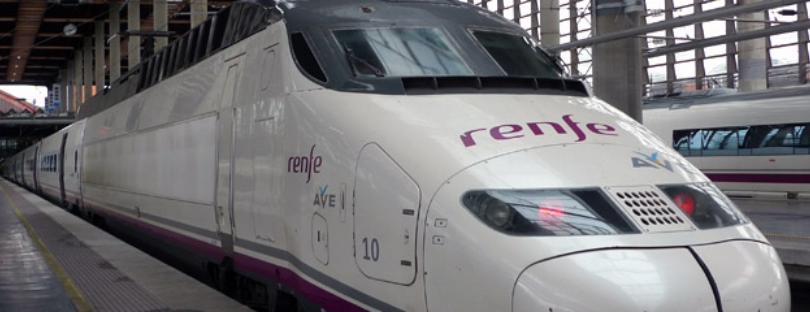
China to ban all eating, drinking, and “uncivilized behavior” on subways across the country
China’s subway systems are among the most advanced and extensive in the world, with major cities like Beijing, Shanghai, Guangzhou, and Shenzhen leading the way. China’s Ministry of Transport approved the measure, implementing new regulations across China subways that enhance the overall passenger experience. This measure prohibits eating, drinking, playing music or videos on speakers, and lying down or stepping on seats inside metro cars.
The goal is to create a cleaner and more respectful shared space for millions of daily commuters. Exceptions to the eating and drinking ban will be made for young children and individuals with specific medical conditions. These updates aim to establish a more harmonious environment in China’s bustling subway networks, reflecting the government’s commitment to improving public transport standards.
The regulation will take effect on April 1, 2020. However, it’s not clear what the actual penalties will be for violators. For instance, Beijing already enacted its own ban on food and drink on the subway — as well as on platforms and in station elevators — in 2015. There, violators can be fined 500 yuan ($70).
More than 30 Chinese cities boast subway systems that already have their own rules, many banning these same sorts of behaviors.
And yet, uncivilized antics remain a common sight in metros in China. Whether it’s the kid being encouraged to pee on the floor or the woman biting fellow commuters. china subways
Here’s a China subways overview:
1. Beijing Subway
- Coverage: The Beijing Subway spans over 780 km, making it one of the largest networks in the world.
- Stations: With nearly 450 stations, it efficiently covers the city and its suburbs.
- Features: Known for high-speed lines and easy-to-navigate routes with bilingual signage. It has one of the highest daily ridership globally, with peak hours seeing millions of passengers.
2. Shanghai Metro
- Size and Reach: Shanghai Metro is the longest subway network by route length, covering around 830 km with 20+ lines.
- Innovation: Shanghai is known for integrating high-tech ticketing, such as QR codes, and a streamlined, digital fare system.
- Ridership: This metro serves millions daily and has recently focused on making travel more accessible for international visitors.
3. Guangzhou Metro
- Expansion: With 16 lines and 500+ km of tracks, the system is rapidly expanding to keep up with Guangzhou’s fast-growing population.
- Services: Features air-conditioned trains, user-friendly signage, and digital maps that make it convenient for tourists.
- Technology: Known for advanced, contactless payment systems like WeChat Pay and Alipay.
4. Shenzhen Metro
- Youthful System: One of the newer systems, but growing fast with over 10 lines.
- Efficiency: Efficiently links tech hubs and key commercial zones, supporting Shenzhen’s role as a technology capital.
- Unique Features: Frequent station additions and amenities like free Wi-Fi across most lines.
Key Features Across Chinese Subway Systems
- Efficiency: Subways are renowned for punctuality and short intervals between trains.
- User-Friendly: Bilingual signage, helpful apps, and QR code payments are standard, making it easy for foreigners.
- Environmental Commitment: China emphasizes eco-friendly construction and electric power for subways, aligning with its sustainability goals.
These subway systems continue expanding, reflecting China’s commitment to public transit and sustainable urban mobility.










